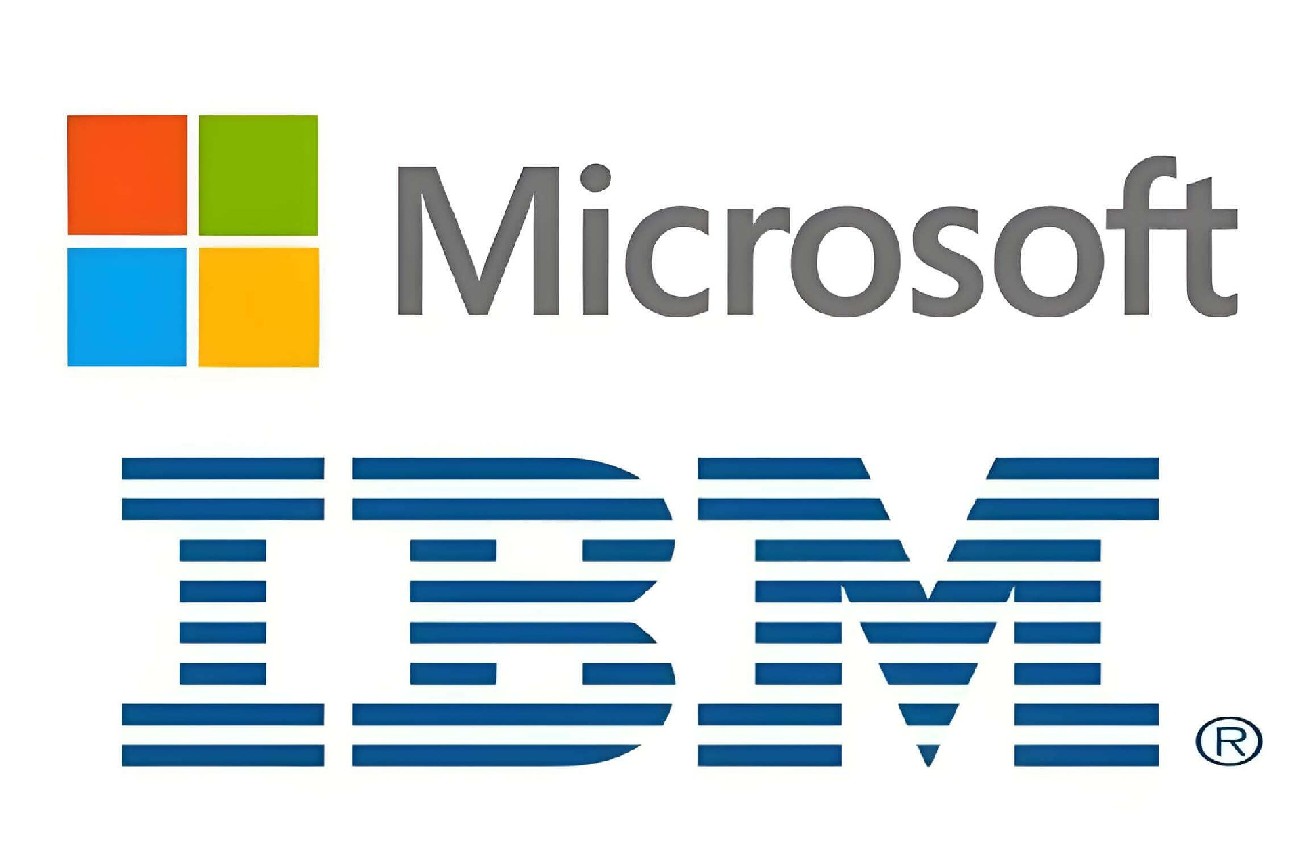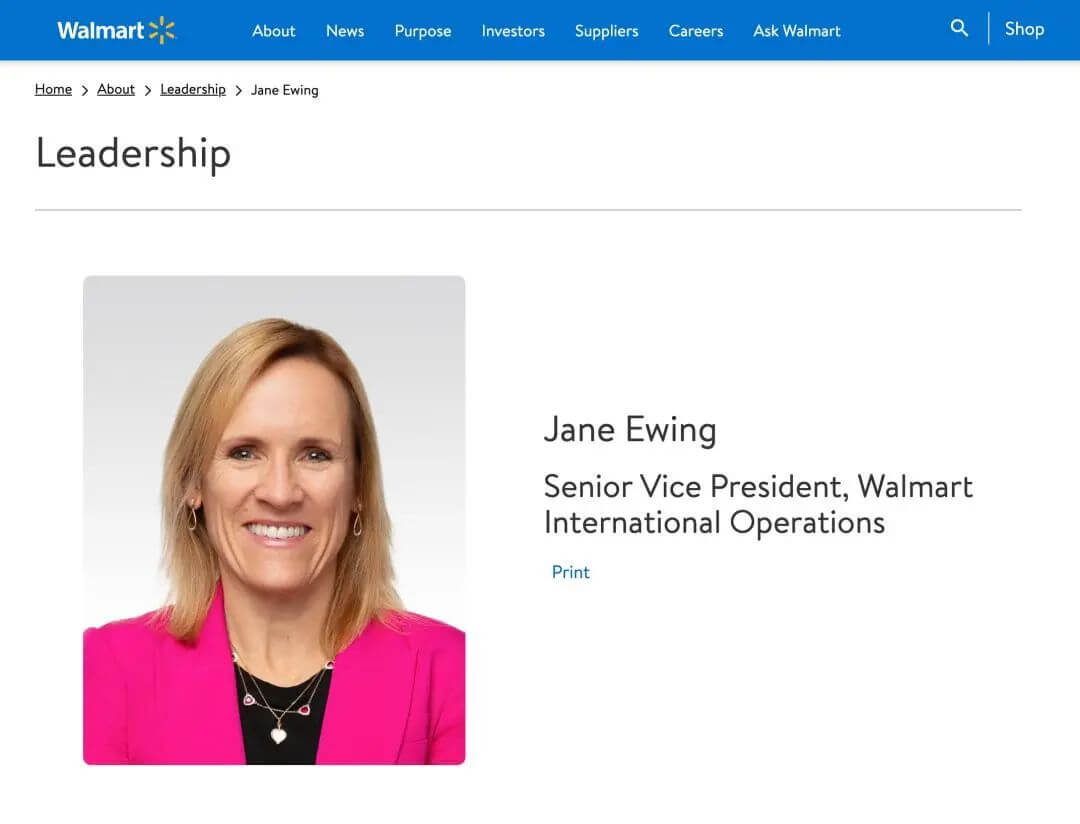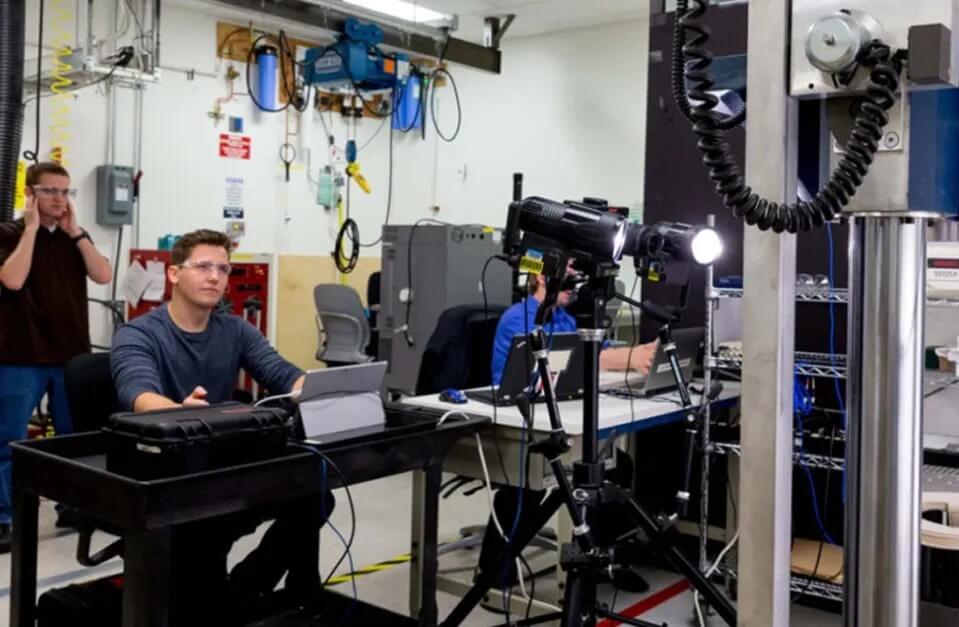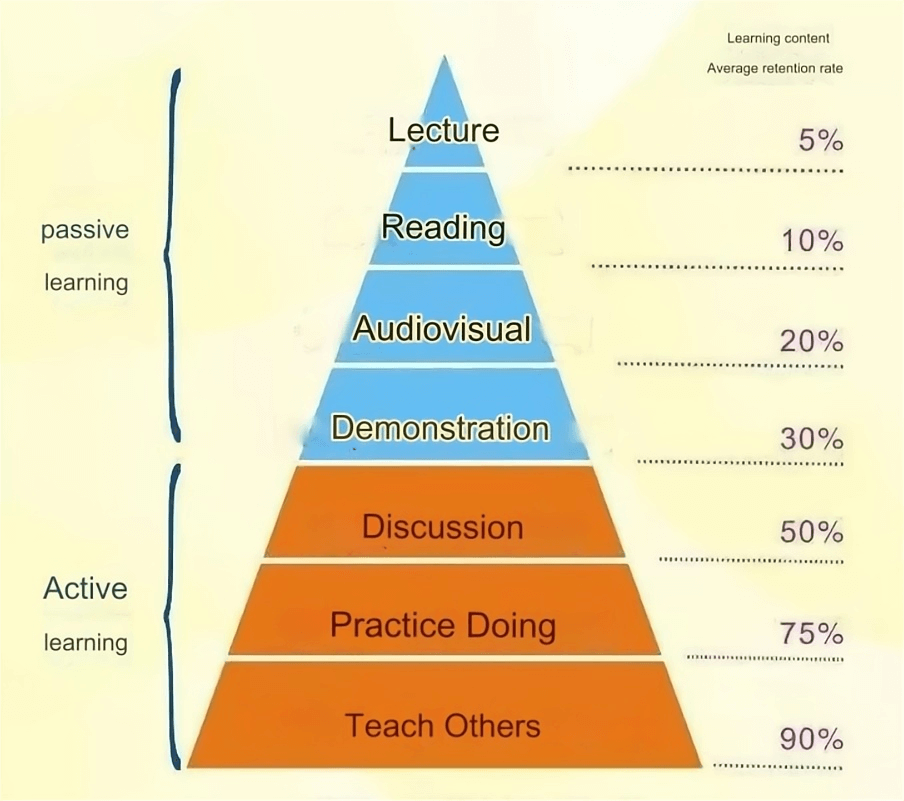Explore the story of Lion Electric, a Canadian electric vehicle pioneer that transitioned from school buses to EVs, achieved a peak valuation of RMB 30 billion, and became a trailblazer in North America. Learn how delays in government funding, over-expansion, and market challenges led to its sudden collapse, offering valuable insights for the EV industry.
A Sigh of Regret: Lion Electric’s Bankruptcy and Lessons for EV Startups
Recently, Lion Electric, a Canadian electric commercial vehicle manufacturer, filed for bankruptcy protection in both Canada and the United States. This marked the end of a company that once shone brightly in the automotive industries of both countries.
Founded in 2008, Lion Electric initially made its name with yellow school buses before transitioning entirely to electric buses. It became Canada’s first automated bus and battery manufacturing enterprise and the first automaker to go public in both the U.S. and Canada, achieving a market value of over RMB 30 billion at its peak. Despite this, the once-star company collapsed overnight, sounding a warning for all emerging automakers.
From School Buses to Electric Vehicles: A Journey to RMB 30 Billion
In 2008, Marc Bédard founded Lion Electric, originally named Lion Bus, in Quebec, Canada. Initially, it focused on the school bus business, with its iconic yellow buses bearing a large "Lion" logo frequently seen across Canada and the U.S.
In 2010, Marc made a pivotal decision to shift the company’s entire product line to 100% electric vehicles. At a time when even Tesla was still relatively unknown, Marc embarked on the path of new energy vehicle manufacturing, leading his team to spend five years developing a battery management system and electric truck chassis.
By 2014, Lion Bus had partnered with LG to procure battery cells and develop a battery management system (BMS). The following year, it launched its first all-electric bus, the eLion, equipped with a 250-kilowatt electric motor and LG lithium batteries, marking its foray into the electric vehicle sector.
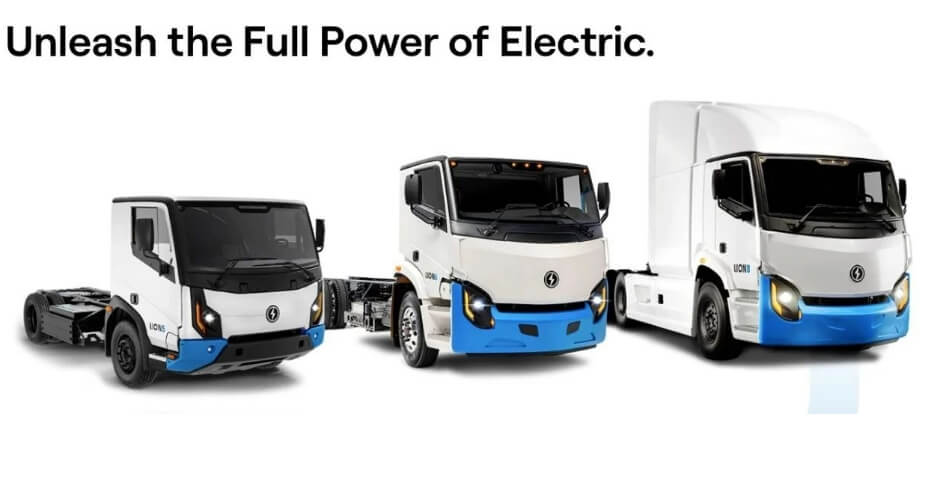
A major milestone came in 2016 when Lion Bus launched North America’s first school bus designed exclusively for electric power, the LionC. This was followed by an expansion of its product portfolio, including models such as LionM, LionA, and LionD. These vehicles featured innovative functionalities like kneeling capabilities, integrated wheelchair ramps, and flexible battery configurations, expanding their applications to freight trucks, garbage trucks, and trailers.
By 2017, Lion Bus rebranded as Lion Electric, completing its transformation from a traditional bus manufacturer to a new energy vehicle pioneer. The company secured investments from Power Energy, a subsidiary of Canada’s Power Corporation, and established factories in California and Joliet, Illinois.
In March 2021, Lion Electric announced a CAD 185 million investment to independently develop and manufacture battery modules and systems, becoming Canada’s first automated truck manufacturer to achieve this capability.
The Peak of Success and the Start of the Decline
By 2021, Lion Electric’s customer base had grown significantly, including major names like IKEA’s logistics partner Pride Group, Amazon, and Sobeys. The company also secured a 260-bus order from First Student, its largest to date.
That same year, Lion Electric went public via a merger with special purpose acquisition company (SPAC) Northern Genesis Acquisition. It was listed on both the New York Stock Exchange and the Toronto Stock Exchange in May, with a market capitalization of USD 4.33 billion (approximately RMB 30 billion) on its first day.
However, the decline began soon after.
What Brought Lion Electric Down?
The signs were evident. In August 2024, Lion Electric reported its Q2 financial results, revealing a nearly 50% year-over-year drop in revenue to USD 30 million and a net loss of USD 19.3 million. Vehicle deliveries fell to 101 units, down by 98 from the previous quarter.
Lion Electric attributed this to delays in the Canadian government’s Zero Emission Transit Fund (ZETF), a program supporting the procurement of zero-emission public transportation and school buses. Over half of Lion Electric’s orders were tied to ZETF funding, making the approval delays a significant threat to its operations.
Moreover, the company’s ambitious CAD 1 billion investment in a factory in Quebec, capable of producing 20,000 electric buses annually, proved to be a costly misstep. The production capacity far exceeded demand, leaving the investment largely unproductive.
Lion Electric attempted emergency measures, including laying off about 30% of its workforce in March 2024 and selling its Mirabel Innovation Center in Quebec for USD 50 million to repay debts.
By December 18, 2024, the company had no choice but to file for bankruptcy protection under Canada’s Companies’ Creditors Arrangement Act and Chapter 15 of the U.S. Bankruptcy Code.
Lessons for EV Startups: Surviving the Automotive Gauntlet
Lion Electric’s collapse is not an isolated case. In 2024 alone, several EV startups like Evergrande Auto, Tianji Auto, and HiPhi faced bankruptcy, while others like WM Motor struggled to stay afloat.
At the peak of the EV boom, there were over 400 new energy vehicle brands. Today, only a few dozen remain with production licenses.
Building vehicles is undoubtedly a high-risk endeavor. Zhang Wei, chairman of Cornerstone Capital, noted, “Automaking requires over a decade and RMB 50-100 billion in capital investment. Reliability, safety, and stability demand long-term industrial accumulation, not merely business model innovation or flashy products. Simply burning money won't ensure success.”
Looking forward, EV survival may hinge on two factors: high efficiency and low costs, and continuous innovation in chips and software-defined vehicles.
While Chinese automakers are gaining momentum with rising exports, the question remains: how many will survive to become winners in the automotive race?
